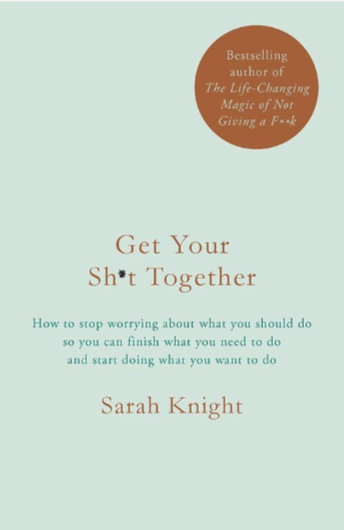 As part of a girl’s holiday “ensemble” of books, I purchased ‘Get Your Sh!t Together’ at Gatwick airport. It was bought somewhat in jest but ultimately proved to be incredibly helpful. I’ve already reviewed one of my very favourite books The Life-Changing Magic of Not Giving a F*ck also by Sarah Knight, so her follow-up ‘Get Your Sh!t Together’ is perfect to put insight into action.
As part of a girl’s holiday “ensemble” of books, I purchased ‘Get Your Sh!t Together’ at Gatwick airport. It was bought somewhat in jest but ultimately proved to be incredibly helpful. I’ve already reviewed one of my very favourite books The Life-Changing Magic of Not Giving a F*ck also by Sarah Knight, so her follow-up ‘Get Your Sh!t Together’ is perfect to put insight into action.
I started the book on the holiday and got about halfway through – and being embarrassingly honest – I have to confess that I didn’t finish it until six months later when I was on my Christmas break. I know, I’m rather red-faced thinking about it given the title and intent of the book. So no judgement, please.
It does serve to prove the much-needed point of the book, making time and space to do the things you WANT to do rather than spending all your time worrying about what you SHOULD be doing. Sarah’s author’s note at the start of the book sums what to expect up beautifully:
“Think of it as a delightfully profane one-stop-shop for tidying your mind – and making your life easier and better.”
Interestingly, since launching Behind The Hashtag, the most asked question I’ve received is – how have you found the time? Well first of all – if I didn’t have a design and technical guru providing the “place” I would never have got this off the ground (thank you FOREVER, Ben). Secondly – I’ve made time by choosing what to give a f*ck about. Right now, I could be bleaching a toilet or even my moustache, but instead, I’m sat in the garden indulging in writing book reviews and new articles for my website, because that’s what gives me joy.
If you’re looking for a different angle on prioritising your time or help in reflecting on what matters to you, Get Your Sh!t Together is the ideal start. Though maybe don’t take six months to read it, as I did!


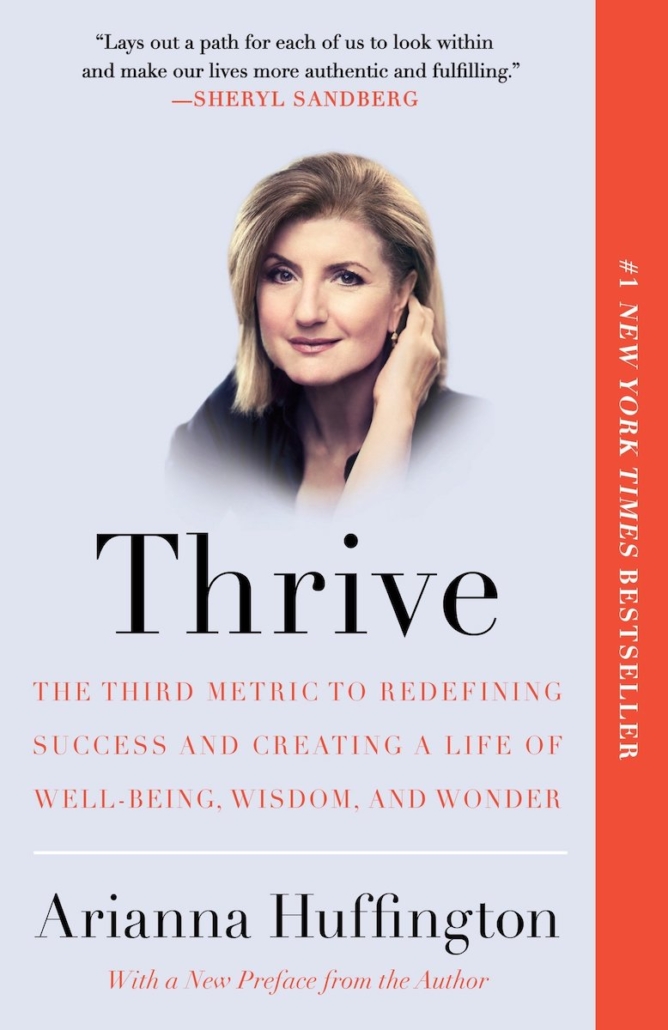
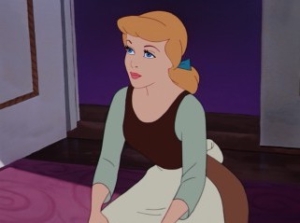 What also really helped me in this book was the idea that looking after yourself wasn’t selfish. In essence, I think for so many of us we’re hard-wired to believe that if we’re not putting others before ourselves, then we’re really knocking on the door of becoming the twisted, wicked stepmother from Cinderella. It seems to me though that the truth is very different, by not looking after ourselves we’re allowing others to turn us into the rag-wearing, ash-covered Cinderella from the story – and the gift is entirely with us to not let that to happen.
What also really helped me in this book was the idea that looking after yourself wasn’t selfish. In essence, I think for so many of us we’re hard-wired to believe that if we’re not putting others before ourselves, then we’re really knocking on the door of becoming the twisted, wicked stepmother from Cinderella. It seems to me though that the truth is very different, by not looking after ourselves we’re allowing others to turn us into the rag-wearing, ash-covered Cinderella from the story – and the gift is entirely with us to not let that to happen.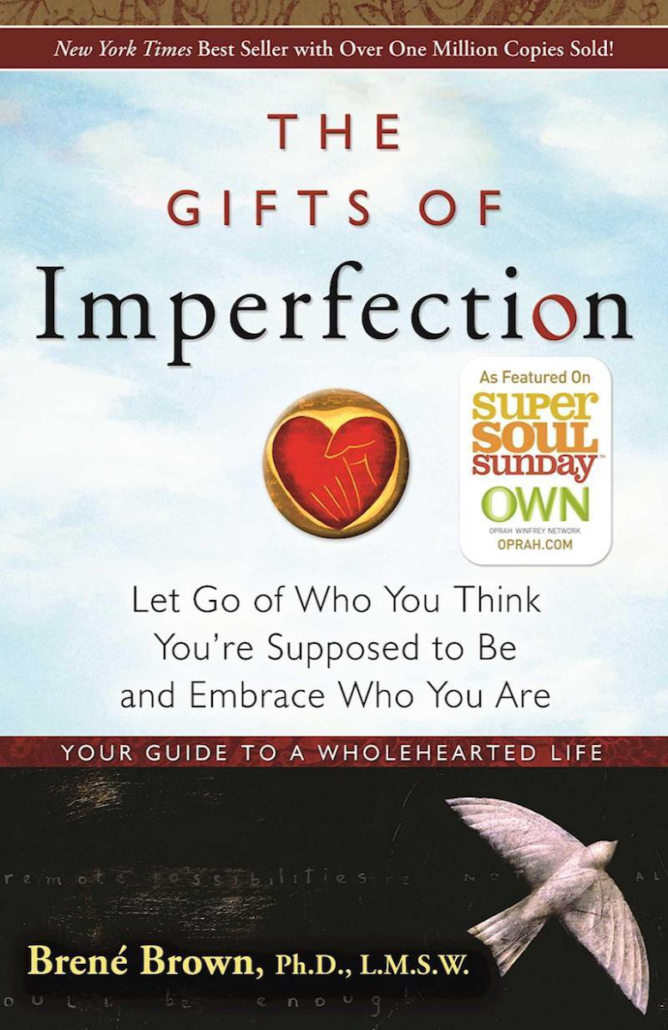 “Let Go of Who You Think You’re Supposed to Be and Embrace Who You Are”
“Let Go of Who You Think You’re Supposed to Be and Embrace Who You Are”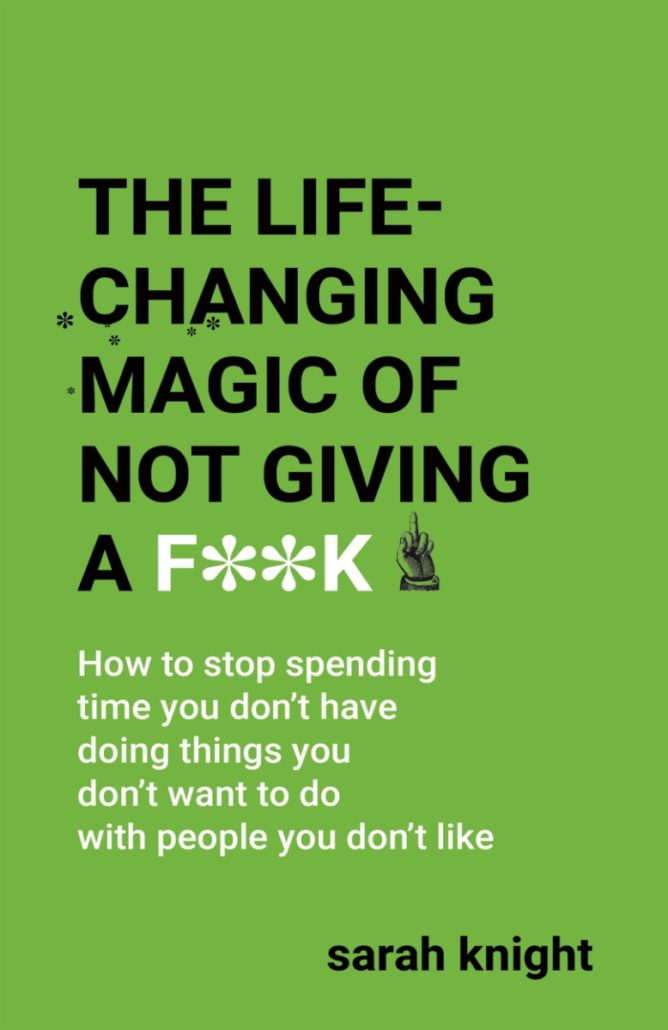
 As is typical for any group of humans – we’d all had a fair amount of “life” going on for us in recent years. Although it was a bit of a laugh to all buy Sarah Knight’s book, they ended up being incredibly helpful to all of us in different ways. To have those type of conversations with people you trust literally 100% is honestly quite amazing.
As is typical for any group of humans – we’d all had a fair amount of “life” going on for us in recent years. Although it was a bit of a laugh to all buy Sarah Knight’s book, they ended up being incredibly helpful to all of us in different ways. To have those type of conversations with people you trust literally 100% is honestly quite amazing.
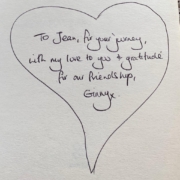
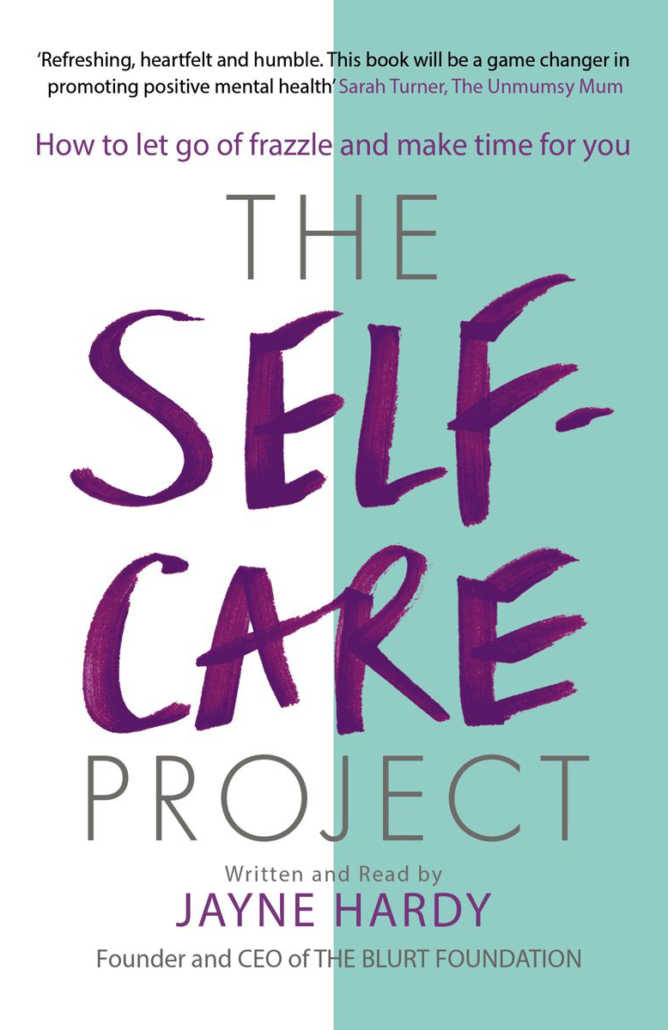
 When you start looking at your barriers through the “homework” sections at the end of each chapter, you’ll almost certainly find some root cause answers for yourself. For me, it was about overcommitting myself to too much – especially when many of those commitments were things I didn’t actually want to do! Most importantly, I never asked for help. That sounds so simple doesn’t it – but I think I had been waiting for people to notice I needed help and step in. Unlikely that’s ever going to happen – and I certainly did not happen for me.
When you start looking at your barriers through the “homework” sections at the end of each chapter, you’ll almost certainly find some root cause answers for yourself. For me, it was about overcommitting myself to too much – especially when many of those commitments were things I didn’t actually want to do! Most importantly, I never asked for help. That sounds so simple doesn’t it – but I think I had been waiting for people to notice I needed help and step in. Unlikely that’s ever going to happen – and I certainly did not happen for me.
